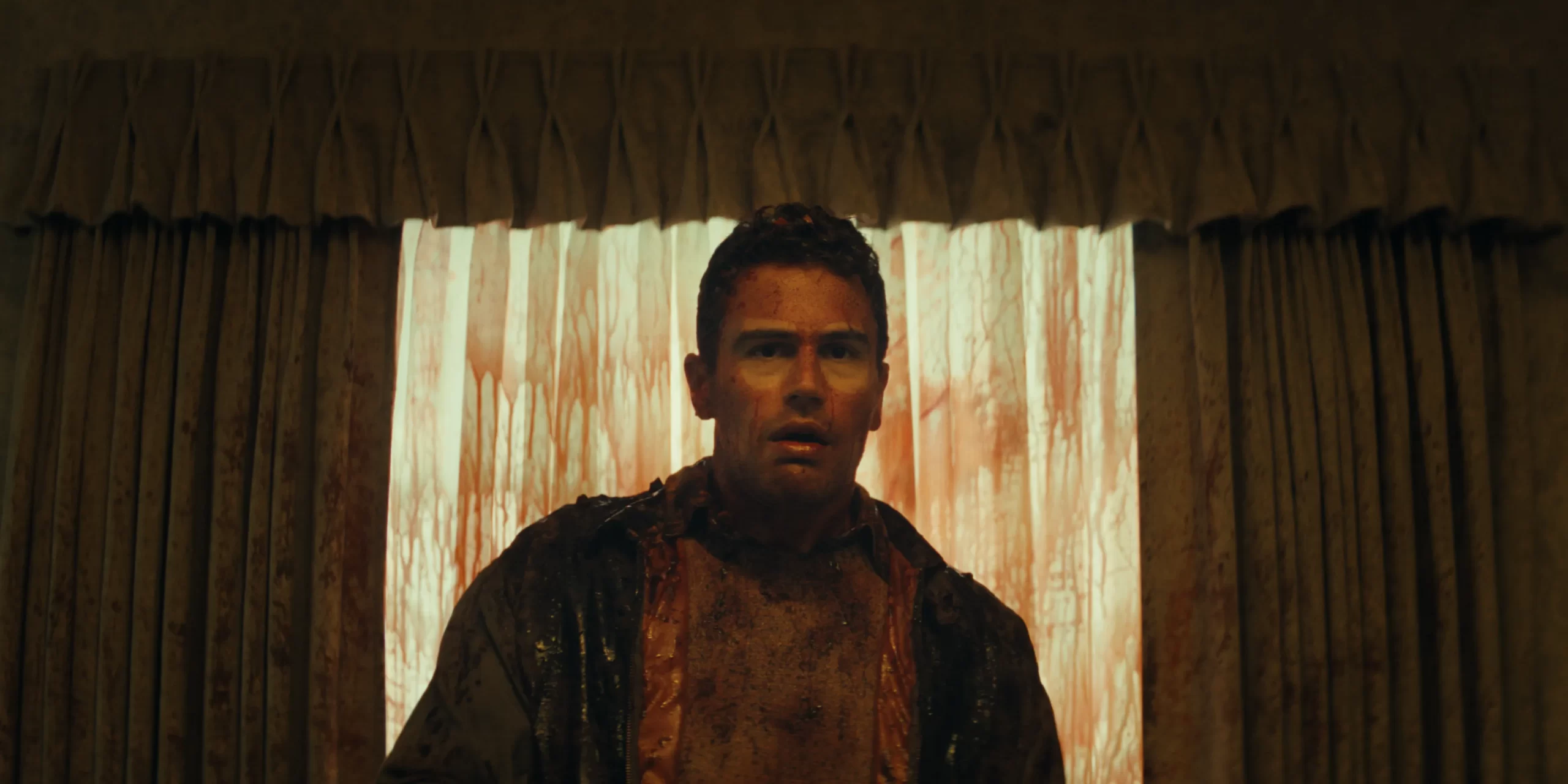THE MONKEY Film Review – It’s Not What You Expect
Oz Perkins, best known for The Blackcoat’s Daughter and Longlegs, returns with his newest film, The Monkey. Adapted from a Stephen King short story, it marks a clear stylistic and tonal shift from most of Perkins’ earlier work – enough so that it might just confirm his place among the best in genre filmmaking at this current moment.
If you go in expecting a grim, drawn-out horror piece, you’d do well to adjust your assumptions. Instead, The Monkey is a horror-comedy blend that juggles the tricky task of paying tribute to genre staples while dialing them up into something delightfully over the top – killer toy and all.
What is The Monkey About?
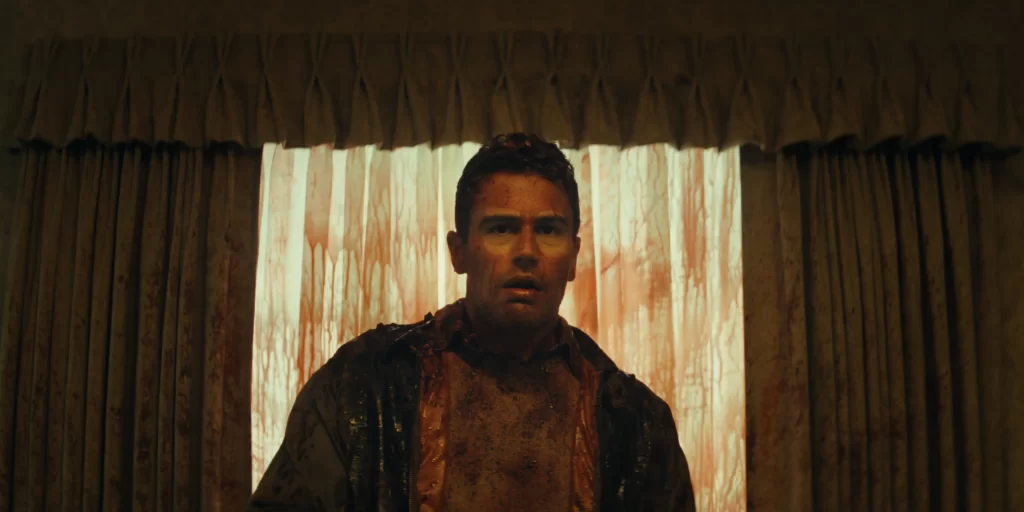
The Monkey takes its inspiration from the Stephen King short story of the same title, though the written version is noticeably darker and more somber. Here, Oz Perkins recognizes the inherent absurdity of a lethal toy monkey banging a drum before every grisly fatality – and rather than downplaying that, he leans fully into the comedic side of it. Notably, in King’s original text, the monkey clashed cymbals instead, but to avoid potential Toy Story copyright issues, Perkins and his team opted for drumsticks.
Perkins wastes no time nailing down the movie’s tone. The opening sequence features a brief scene with Adam Scott’s character, Petey – a man haunted by the murderous toy – and delivers the film’s first, gloriously exaggerated kill. Right away, we sense how The Monkey diverges from Longlegs. It’s all quite deliberate, and the director’s self-awareness is what enables this movie to land most of its big swings. Perkins knows it’s outlandish, and instead of masking it, he doubles down on the madness.
Who is in The Monkey?
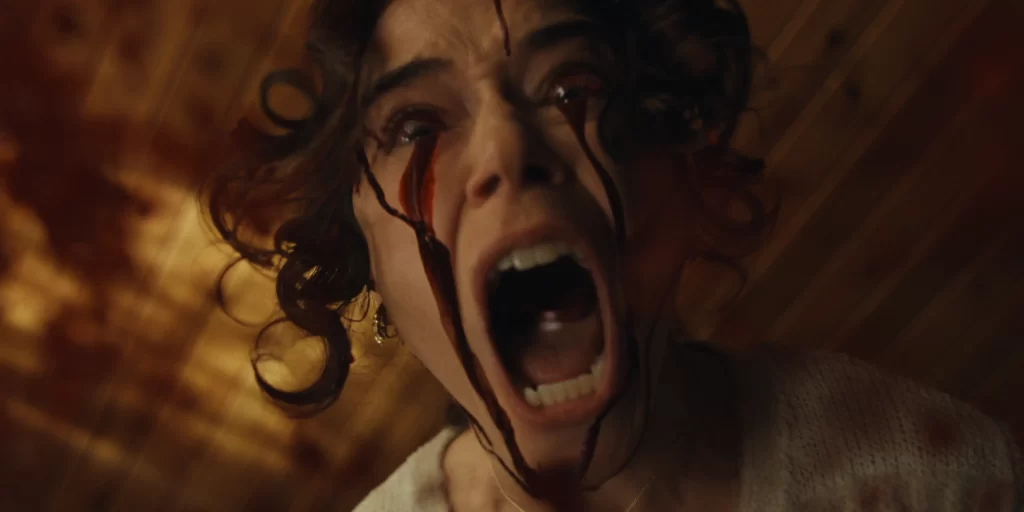
As the story moves along, we spend most of our time with Hal – Petey’s son – played by Christian Convery in childhood and Theo James as an adult. Across multiple decades, Hal picks up where his father left off, trying to rid himself of both the “killer monkey” and his twin brother, Bill (also played by Convery and James). By casting the same actor(s) in both roles, Perkins underscores that we’re witnessing a metaphorical split within one person as much as two distinct characters.
Beyond our protagonist, there’s a brief but memorable appearance by Elijah Wood, who plays a writer of gloriously obnoxious fatherhood manuals (fatherhood is a recurring theme here), and Oz Perkins himself appears as Hal’s “swinger” uncle.
To fully enjoy The Monkey, you’ll need an open mind. The kills are unapologetically over-the-top – with a few straight out of the Final Destination playbook – and the dialogue is just as exaggerated, particularly from Bill. Rather than sloppy writing, these are intentional choices by Perkins, using absurdity as a vehicle to explore weightier ideas.
Osgood Perkins’ Relationship with His Father
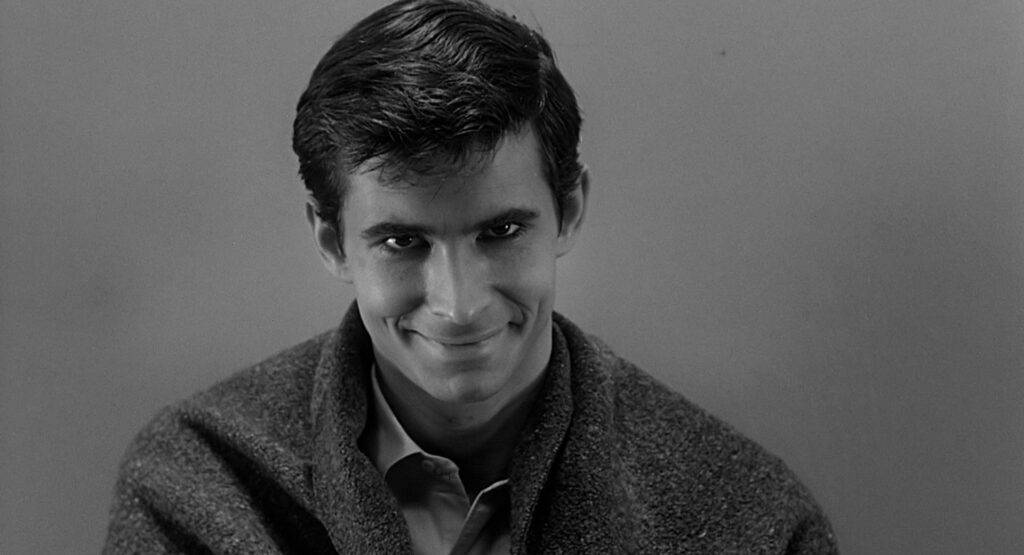
The Monkey is quite self-referential about intergenerational trauma, particularly the tense bond between father and son. It’s difficult to ignore the parallels to Perkins’ own family history. His father, Anthony Perkins, rose to fame as Norman Bates in Psycho—a role that remains iconic in the horror genre. Oz Perkins even had a brief cameo in Psycho II as a younger Norman Bates, which only scratches the surface of their complicated relationship. Behind the scenes, Anthony battled with his sexuality and mental health, feeling unable to live as his true self. Oz, watching his father struggle, has spoken candidly about still processing the aftereffects of that experience.
Delving one generation further, Anthony’s father was also an actor and the original “Osgood,” a name eventually passed down to Oz. As a child, Anthony reportedly wished for his father’s death – tragically, those wishes were realized when the elder Osgood died while Anthony was just five years old. This lingering guilt haunted Anthony for the rest of his life. Fast forward to The Monkey, and we see these feelings of childhood regret laid bare. Hal’s family mirrors Oz’s in unsettling ways: a shared name linking father and son, a wish for a family member’s death, and the haunting remorse that follows. Behind the film’s gore and over-the-top humour, Perkins may well be using the mask of horror to confront his very real pain.
A Serious Message Hidden Beneath the Comedy
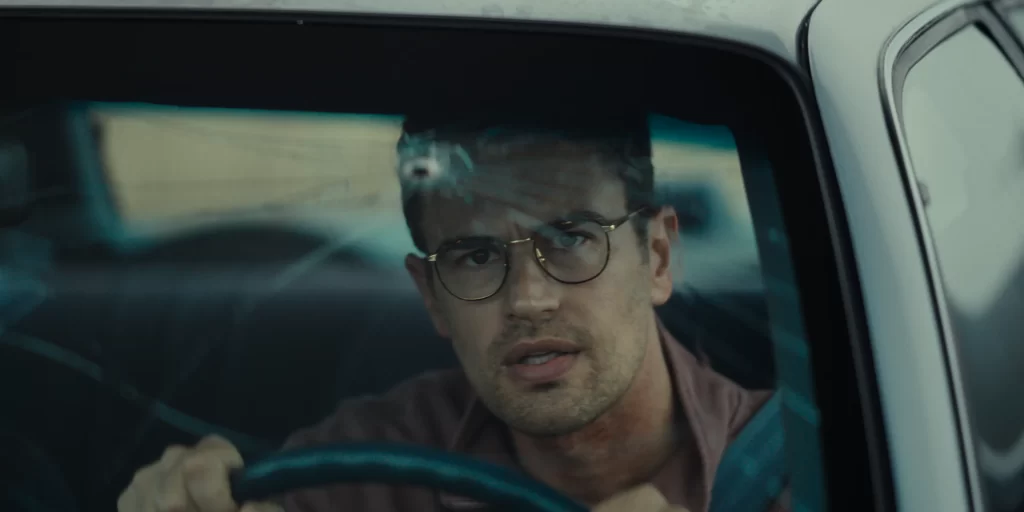
Perkins has spoken candidly about losing both parents to untimely and inexplicable circumstances, and these experiences weave themselves into the very fabric of The Monkey. The film’s gruesome, seemingly random kills feel less like a spectacle and more like a reflection on the inevitability of death – sometimes there really is no reason, just the inescapable end. The dark comedy acts as a buffer against this existential dread, inviting us to laugh while confronting our own mortality.
By the time The Monkey reaches its conclusion, it returns to recurring imagery that will undoubtedly spark debate. For me, it landed surprisingly well, though it might not resonate with everyone. This is not Longlegs – don’t expect a slow-build thriller. Instead, you’ll find a twisted horror-comedy loaded with fatherly trauma, guilt, and the persistent shadow of a toy monkey no one can shake. If that premise intrigues you, The Monkey is absolutely worth checking out. It’s strange, dark in places, yet oddly cathartic. If you get the chance, experience it in a packed theatre.
The Monkey Trailer
Watch The Monkey in theatres now.
Read More:

